Your cart is currently empty!
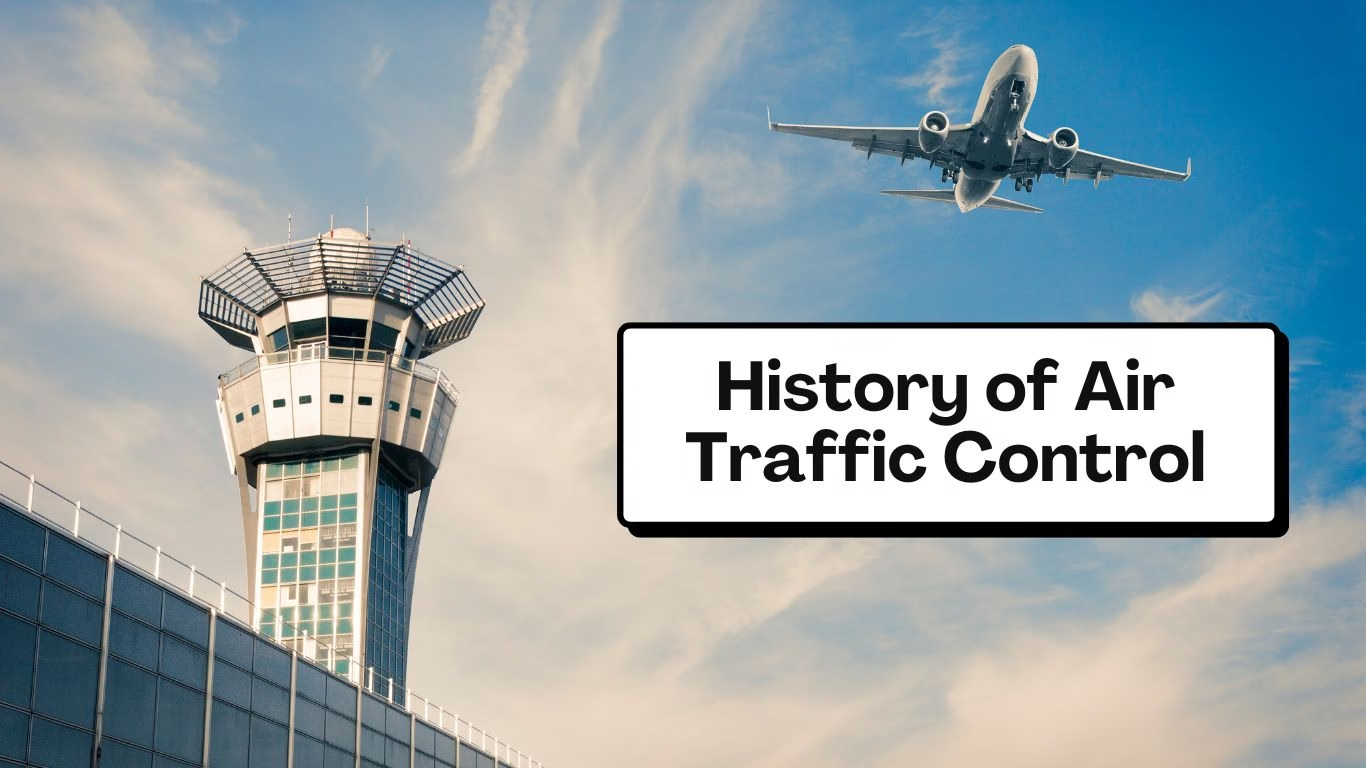
History of Air Traffic Control
Talking about the history of air traffic control, until the 1930s there was little need for an organized system of ATC (air traffic control) as most flights were held during daylight hours. Seeing and Being Seen was the principal method for avoiding air traffic. According to this Principle, pilots were allowed to fly in clear weather and clouds. The visibility criteria were 3 miles at least; later, with little modification, this Principle became the VFR (visual flight rules). The other reason was that the aircraft used by airlines before the 1930s were slow, and the pilot could easily see and avoid the other aircraft.
Brief History of Air Traffic Control
In the early 1920s at Croydon Airport London where air traffic controllers started, used flags and light guns to manage the ground movements of the aircraft. In the 1930s the US installed the first radio-based ATC system. During the World War era, radar technology was introduced which allowed air traffic controllers to track the position of the aircraft more accurately. In the 1960s era, Air traffic controllers started the use of computers for data management and tracking purposes, enhancing the accuracy of air traffic control services. Between the 1980s and 1920s era, the advancement in satellite navigation, and real-time data sharing enhanced the safety and overall management of air traffic. Now, modern ATC relies on advanced satellite-based navigation, for example, the use of ADS-B to enhance airspace capacity safety and efficiency.
How do Aircraft Operate before ATC?
Airports of the 1920s didn’t have a properly designated runway. A large rectangular piece of land (plot)covered with either soda or cinder was used for a runway purpose. The pilot decides in which direction he has to land the aircraft after observing wind direction, local traffic, and weather conditions.
Need for the Air Traffic Controller
After the 1920s ability of aircraft to fly at night grew tremendously. Many instruments were designed and installed in the aircraft, making the pilot operate without visual references. Such as ground-based radio navigation aids that help the pilot to navigate with ground references. So, the pilot can cruise en route in low visibility conditions, even avoiding other aircraft. Eventually, the aircraft had to land at the airport, and the area where the aircraft operated became congested. Therefore, a properly organized system of ATC was soon needed.
On the other side, those pilots who wanted to go for flying were seen busy spotting other aircraft, deciding who had more priority. Giving the other pilots time to make a landing and clear the runway. In short, the pilot needs to scan the airport before and after take-off constantly. So some air traffic control system needed to be at the airport. Otherwise, the rate of accidents would probably increase.
First Air Traffic Controller
In 1929 the first airport to hire an air traffic controller was St. Louis (Missouri) airport. Archie W. League was the man who was appointed as the first air traffic controller. He was a barnstormer, a mechanic, and the operator of the flying circus.

How does he Control the Air Traffic?
The ATC stands in a prominent place on the airside with two communication flags. Green and red, if he wants to give clear singles to the pilot, he waves the green flag. If he waves the red flag, the pilot will hold the aircraft until he waves the green flag.
Drawbacks of Flags
At that time pilot decides which direction they choose for landing. So, It would become difficult for the controller to give multiple instructions to different aircraft. Also, the standing position of the controller was near to approach the end of the runway, which was easy for only departing aircraft. However, it was difficult to determine which direction the pilot chose for landing to see the controller. This system works only on visual references, so operating this at night or in bad weather conditions was impossible. However, few aircraft fly during such weather conditions during that time.
Light Guns
Further color flags were removed with a light gun. A light gun has a narrow beam of high-intensity colored lights. This beam of light is thrown at the specific aircraft, and with gunsight’s help, the controller accurately targets the aircraft. It is also equipped with different color lenses that allow the controller to change the color of the light. The controller is usually on the airport’s highest structure, such as the control tower or gun station located near the arrival end of the runway.
Light guns are still used today at most of the control towers. A light gun is useful when the radio communication gets down or when the aircraft isn’t equipped with a radio. The light gun instructions haven’t changed since the 1930s. The official codes for the light gun are given below.
| Give away to other aircraft and continue circling | Meaning with respect to aircraft on the ground | Meaning with respect to aircraft in flight |
| Steady green | Cleared for take-off | Cleared to land |
| Flashing green | Cleared to taxi | Return for landing |
| Steady red | Stop | Give away to other aircraft and continues circling |
| Flashing red | Taxi clear of the runway in use | Airport unsafe, don’t land |
| Flashing white | Return to the starting point at the airport | Not applicable |
| Alternating red and green | Exercise extreme caution | Exercise extreme caution |
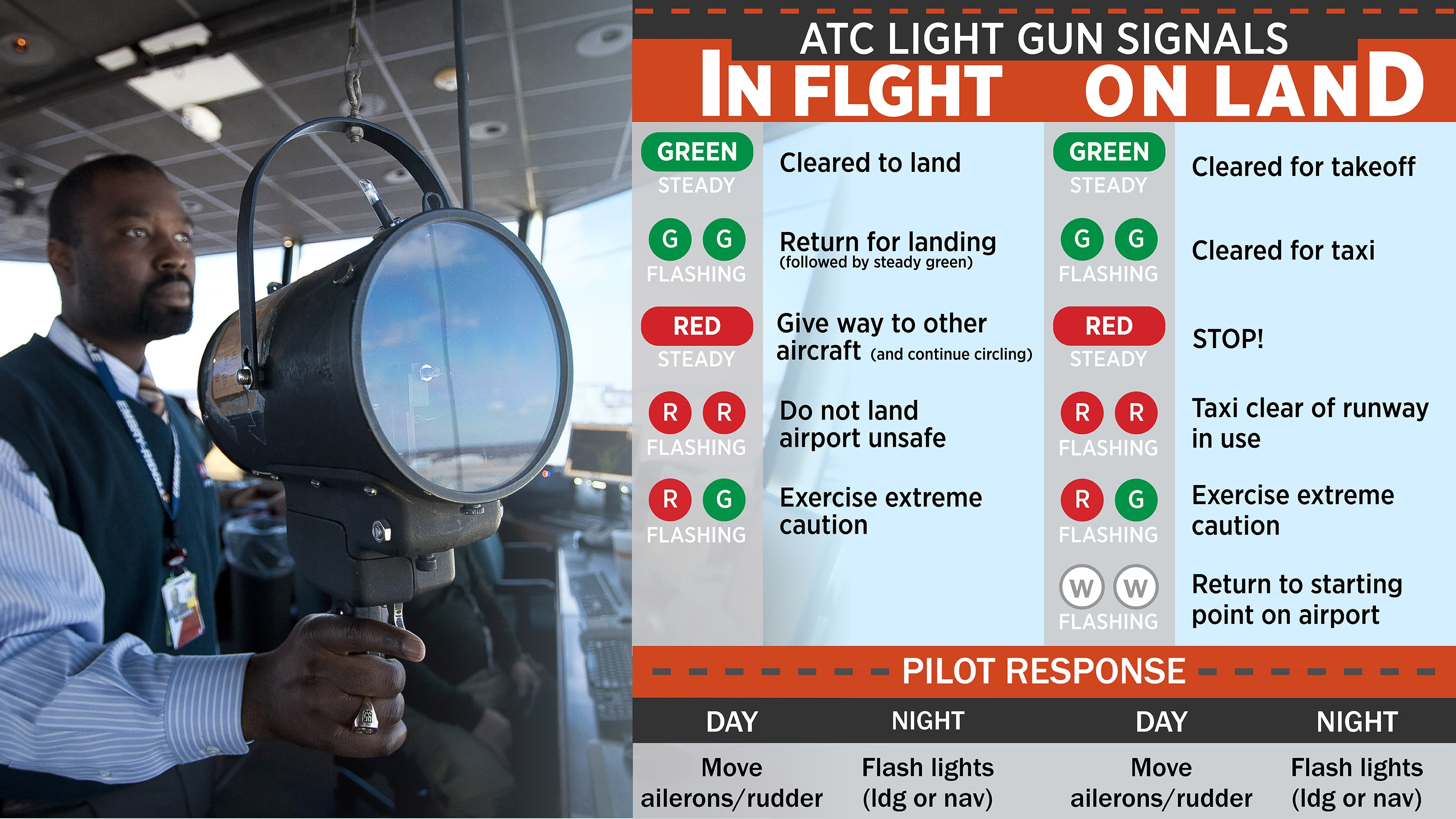
Drawbacks of Light Guns
Pilots are usually busy flying the aircraft by the time they approach or take off; it is hard for the pilot to constantly look for changing color signals. So, the controller won’t be able to transmit the critical signals to the pilot, whose attention is diverted. The light gun won’t work properly in bad weather conditions due to light beam reflection. Further, the controller is unsure if the pilot has received the instructions. Although the light gun had improved and taken over the flags, this device won’t be useful due to these aspects.
Radio Communication
The system currently used by the air traffic controller is radio communication. This radio communication system was first born at Cleveland (Ohio) airport. They built the system in the control tower on the top of the old hangar. This radio communication technology would communicate with the pilot over a distance of approximately 15 miles. This system allows the pilot and the controller to initiate communication and maintain voice communication day and night in good and bad weather. Most airlines hesitate to install this equipment because it is heavy, clumsy, unreliable, and expensive. This also replaces valuable revenue the airline produces for more capacity. Most small aircraft also don’t have enough power to operate these radio devices. So, for the backup, the controller uses light guns.
Read More About: Salary of Air Traffic Controller
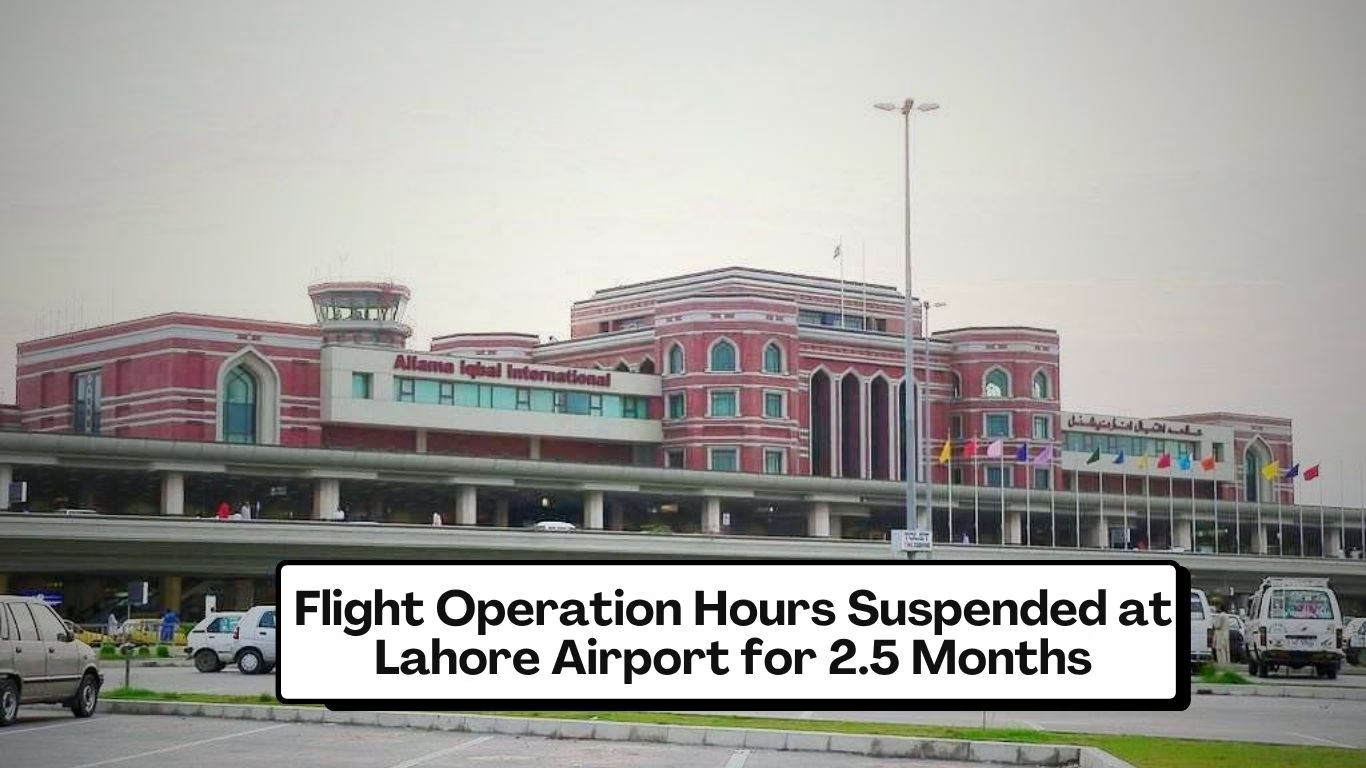
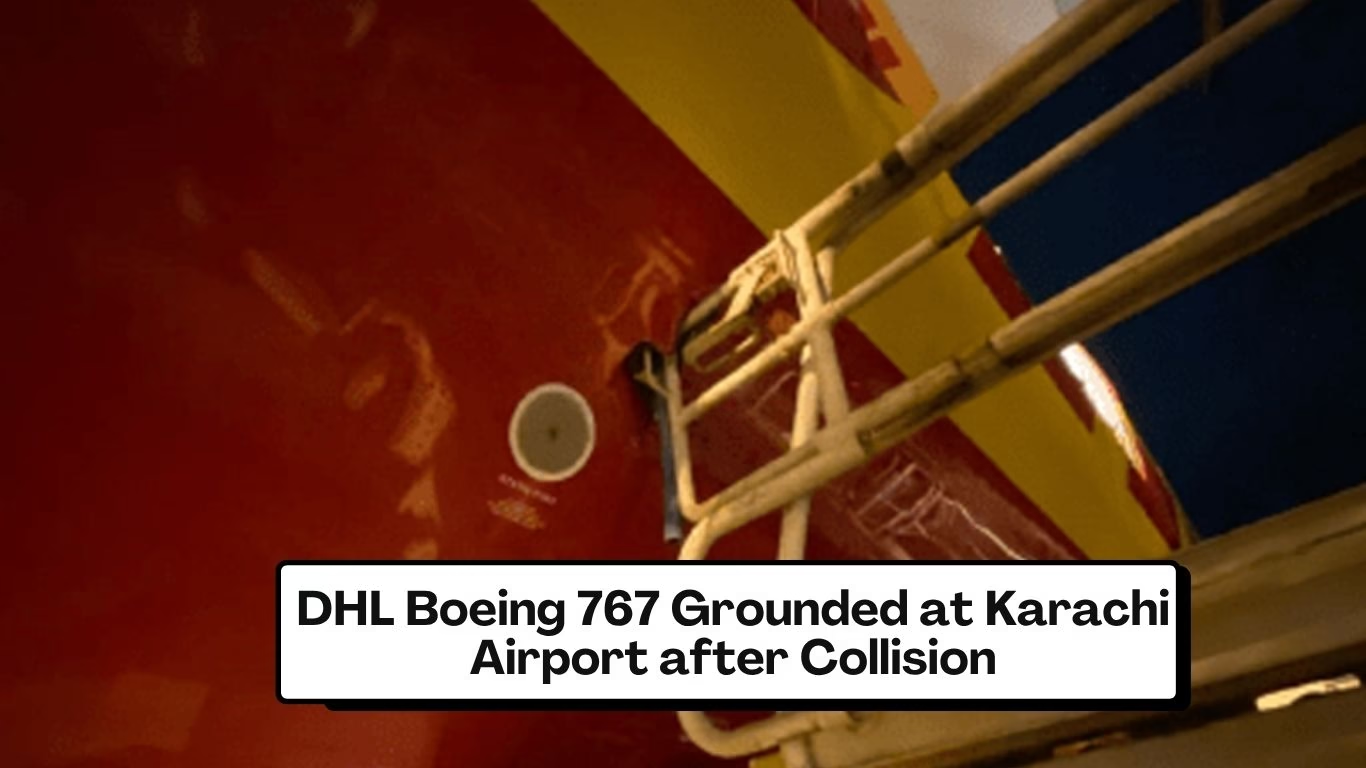
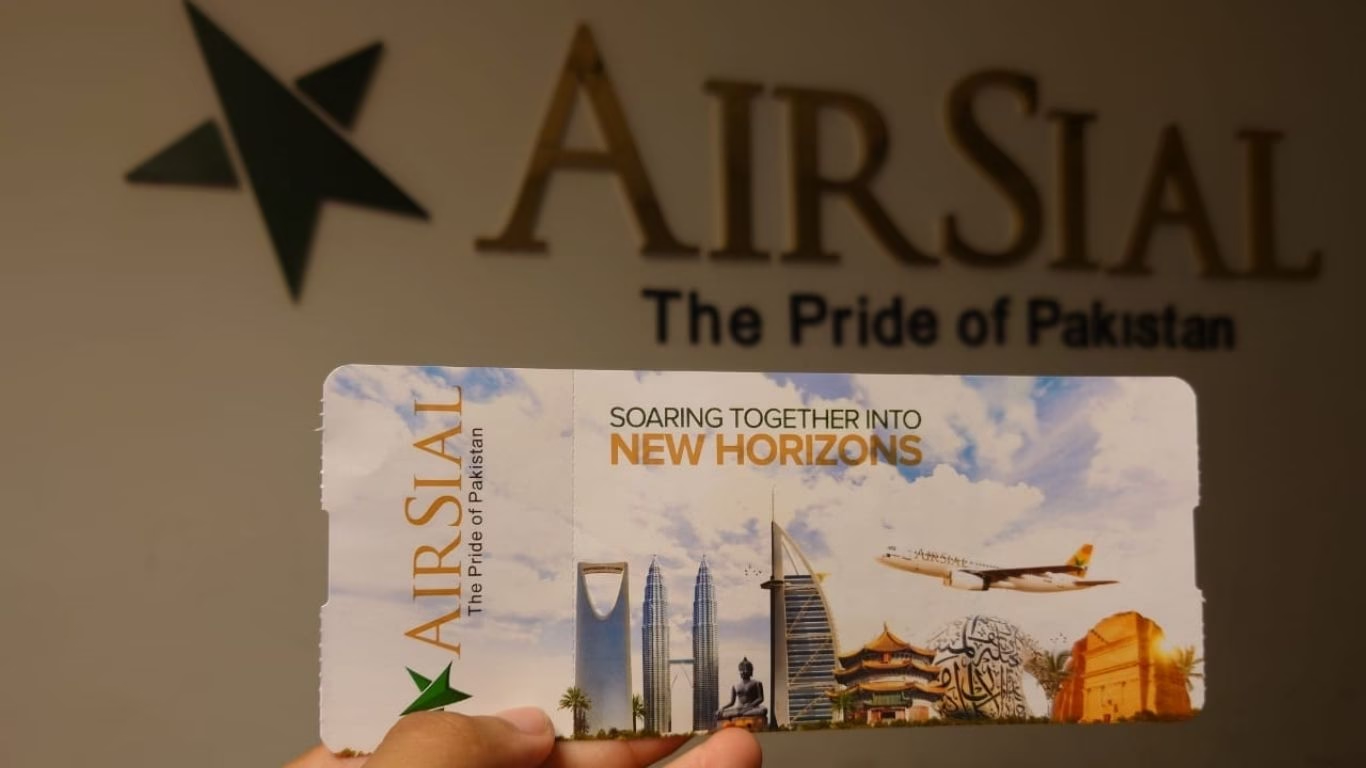
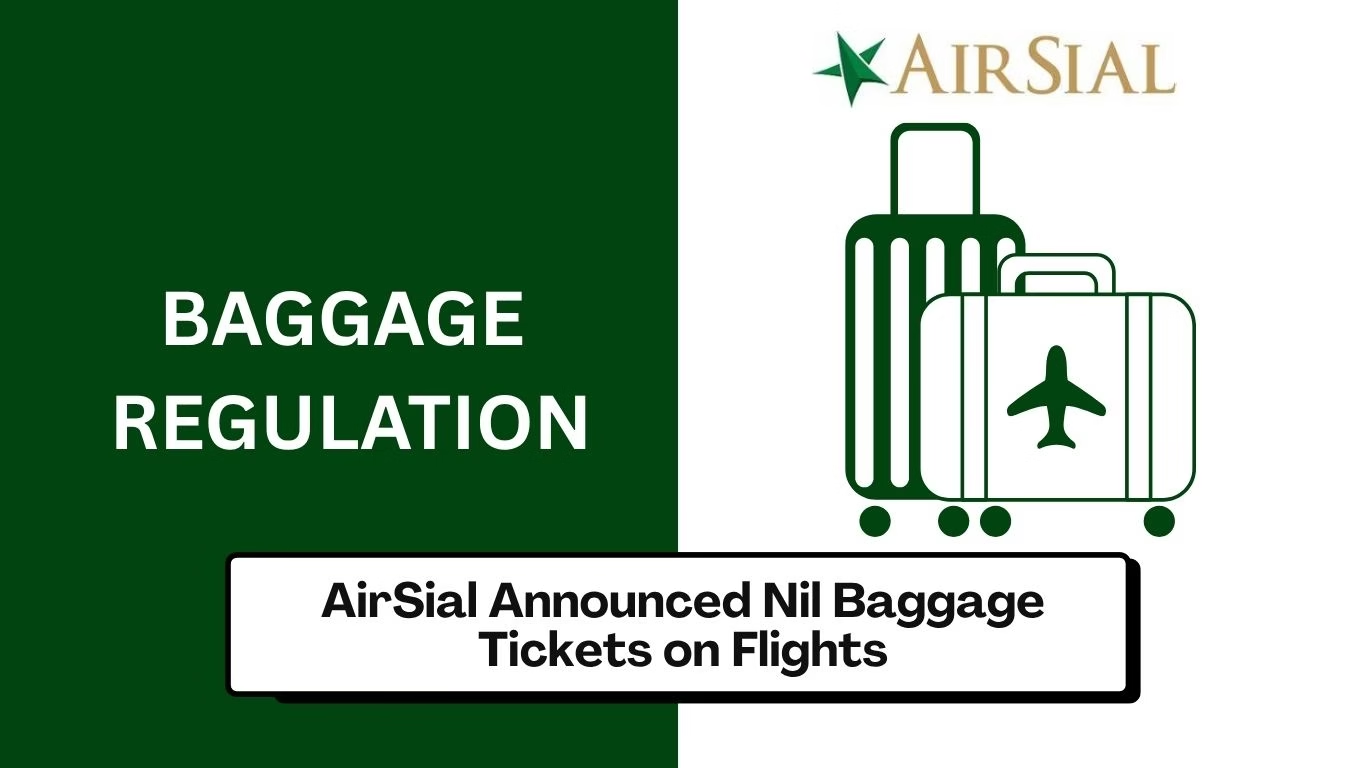
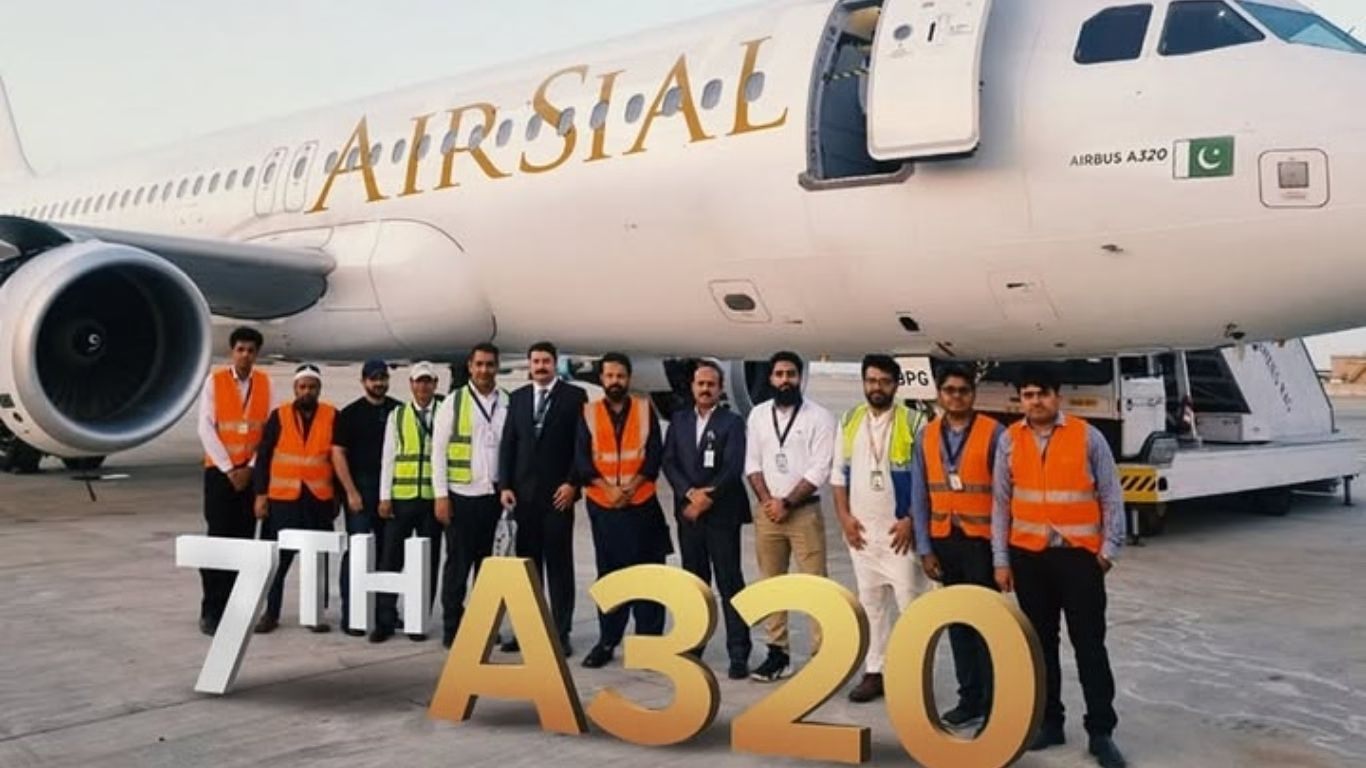
Leave a Reply